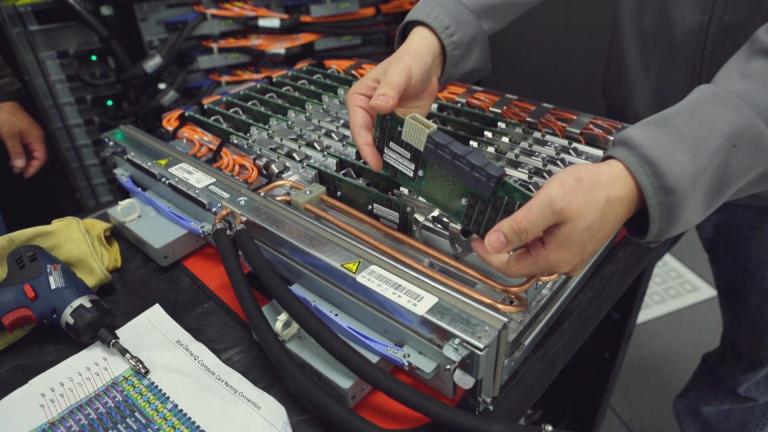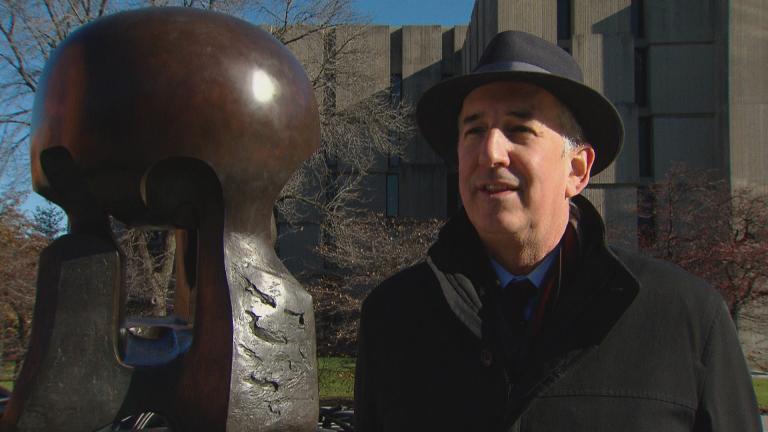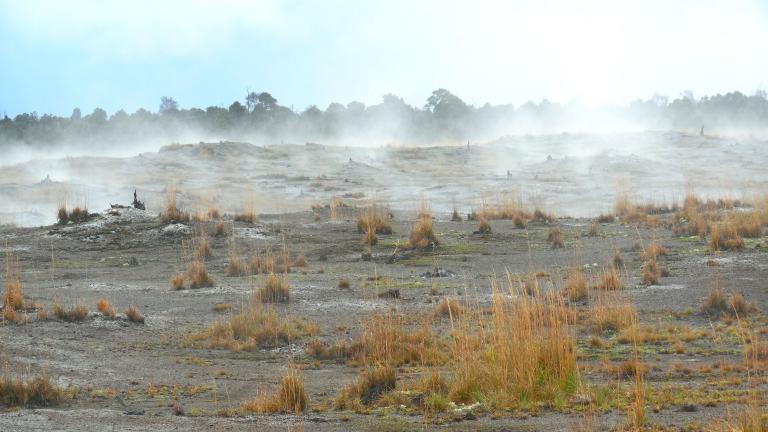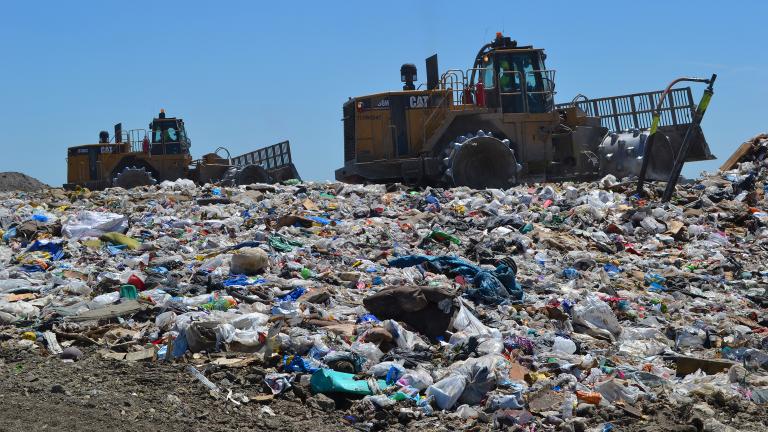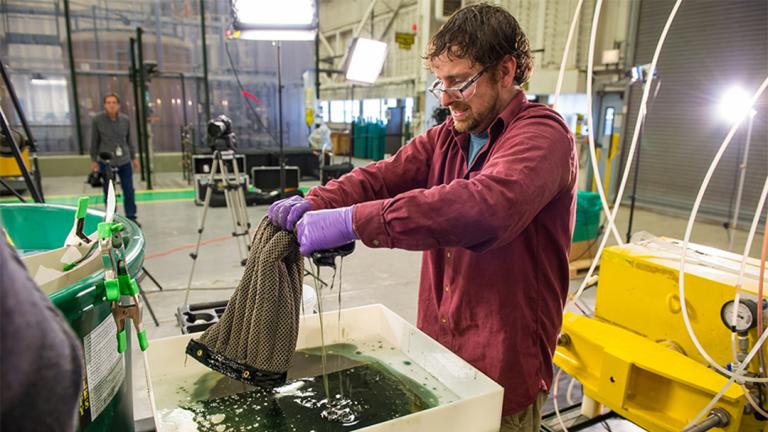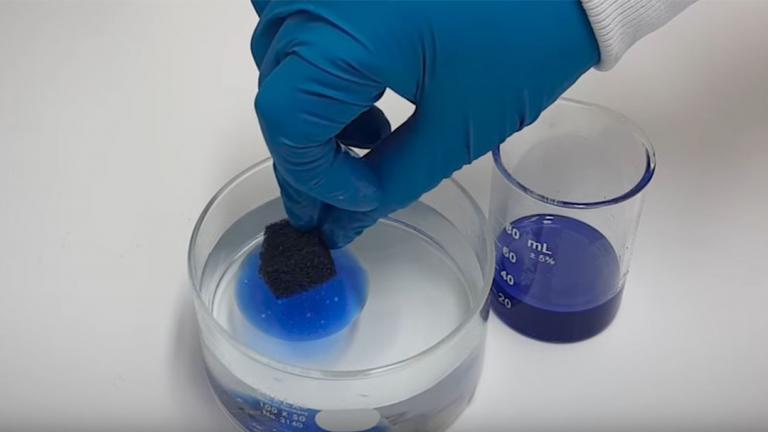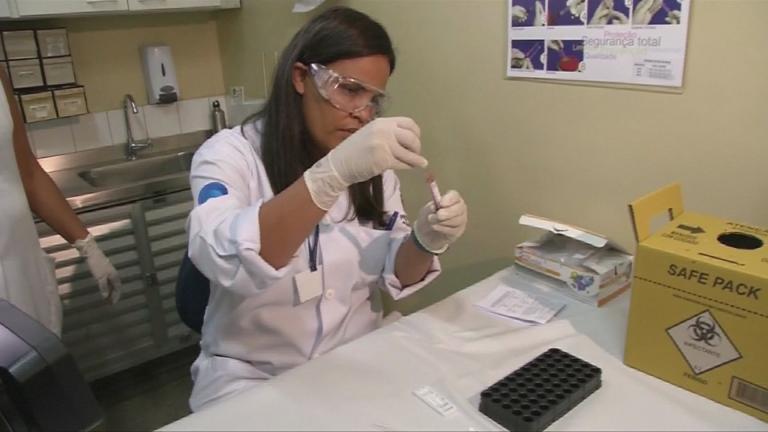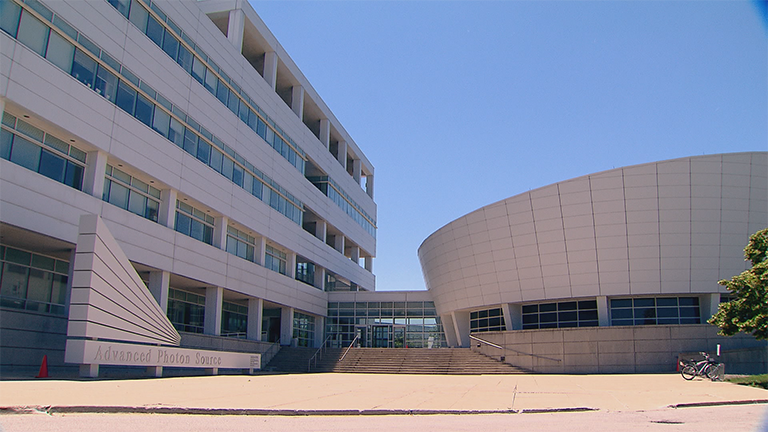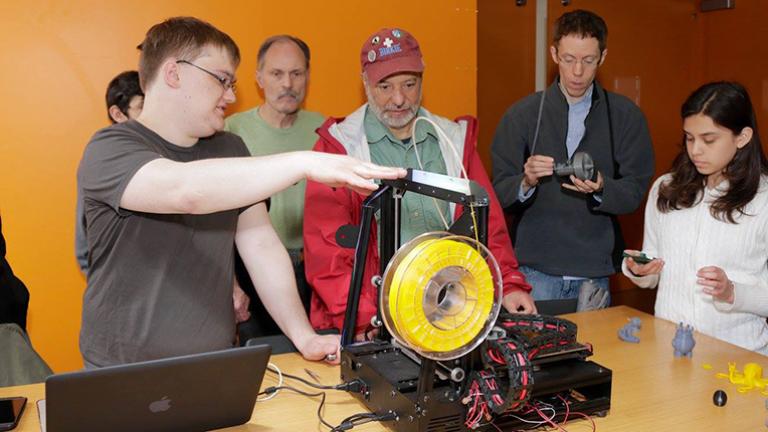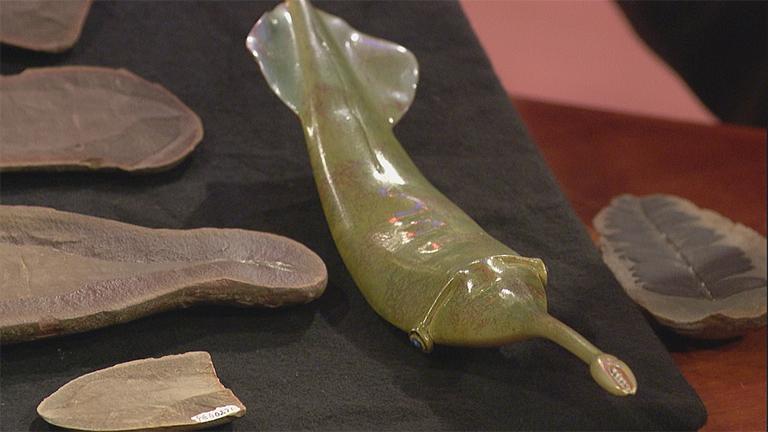From brain mapping to climate modeling and beyond: the potential impact of a new supercomputer being developed in the Chicago area.
Argonne National Laboratory
The important role computer models play in predicting the impact of hurricanes. We speak with David Brannegan of Argonne National Laboratory in Lemont, Illinois.
The nuclear age was triggered in Chicago 75 years ago this week. We remember that fateful day, the man behind it and the lingering implications.
Scientists say there are more bacteria in the ocean than stars in the universe, yet little is known about them. A new study outlines the “crazy idea” that led to a project described by one scientist as the “Google database for microbes.”
Scientists around the world are working to develop the next generation of batteries. We speak with one who is leading the charge at Argonne National Laboratory.
Instead of dumping it in landfills, organic waste could be used to power cars, heat homes and potentially reduce the need for new landfills in the U.S., according to research by Argonne National Laboratory.
New technologies that could change the way we live and work will be on display this month during a reality TV-inspired competition sponsored by the U.S. Department of Energy.
Disaster scenarios near and far are daily considerations for a group of local scientists and engineers. We meet two members of the Global Security Sciences division at Argonne, nicknamed the Doomsday Squad.
Scientists at Argonne National Laboratory have invented a new sponge that can absorb oil from water and then be wrung out and reused, a potentially game-changing tool for dealing with oil spills.
Using a process similar to photosynthesis, scientists from Argonne National Laboratory and the University of Illinois at Chicago have converted carbon dioxide into carbon monoxide and hydrogen gas, which can produce methanol and diesel fuels.
Important research is happening locally and across the country in an attempt to control the Zika virus.
Since its creation in 1946, Argonne National Laboratory has been at the forefront of scientific research. Lab director Peter Littlewood joins us to discuss 70 years of scientific discovery.
The second annual festival promises a treat for the scientifically curious, whether your interests lie in psychology and neuroscience or Chicago's urban wildlife and HBO's popular "Game of Thrones" series.
Nearly 60 years ago, an amateur fossil collector named Francis Tully stumbled upon an incredibly peculiar fossil. The odd jumble of physical attributes – a tube-shaped body, eyes on stalks, and a long, skinny snout with a claw or jaw at the end – looked like they would be more at home in a Dr. Seuss book than in the swamps of Illinois.
The Field Museum's extensive collection of fossils helped answer a scientific question about a bizarre, ancient creature.
Scientists at the University of Chicago are hoping a new, highly sensitive camera they're developing for the South Pole Telescope will reveal new information about the early universe. The camera measures something that's nearly 14 billion years old: radiation left over from the Big Bang.

